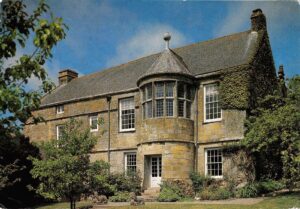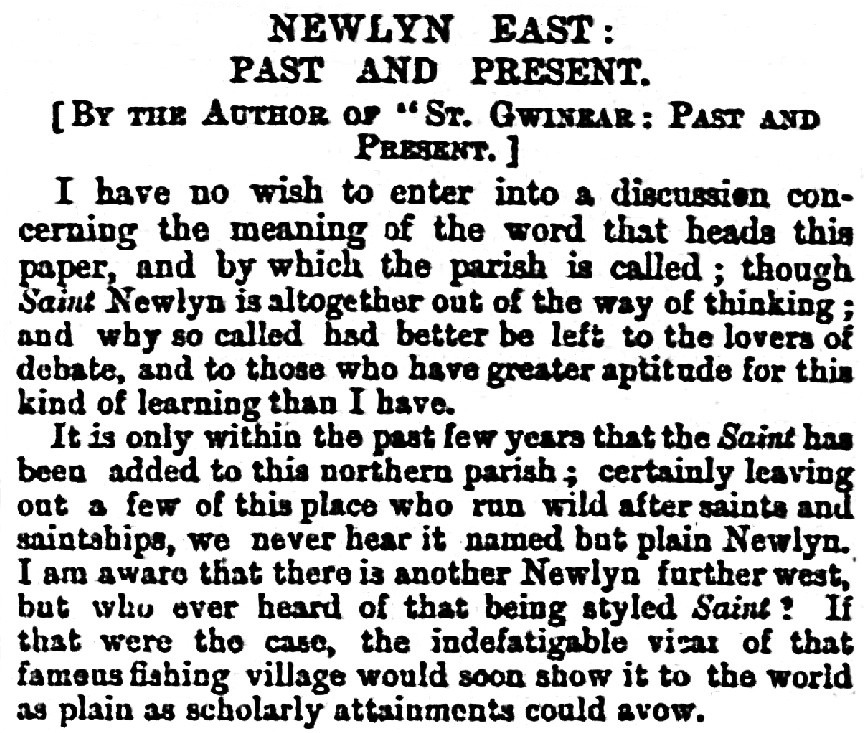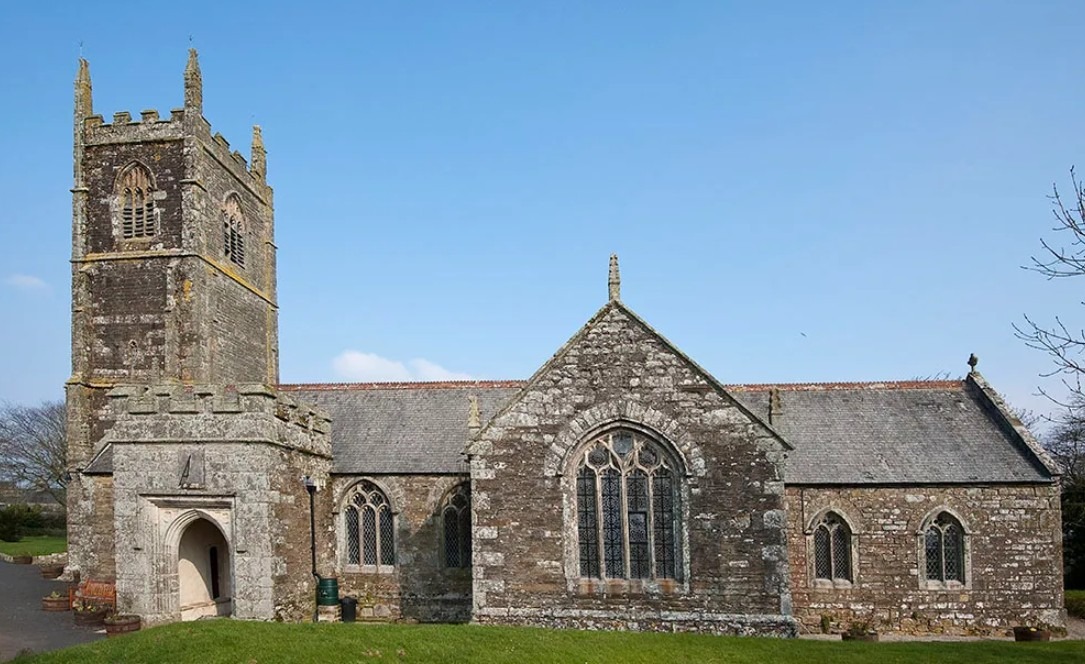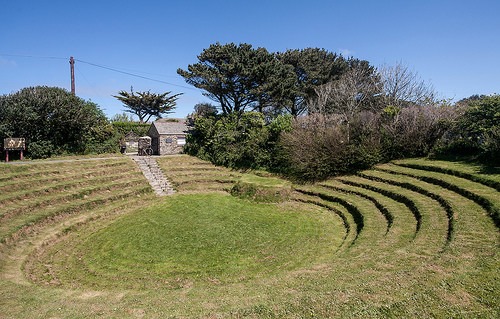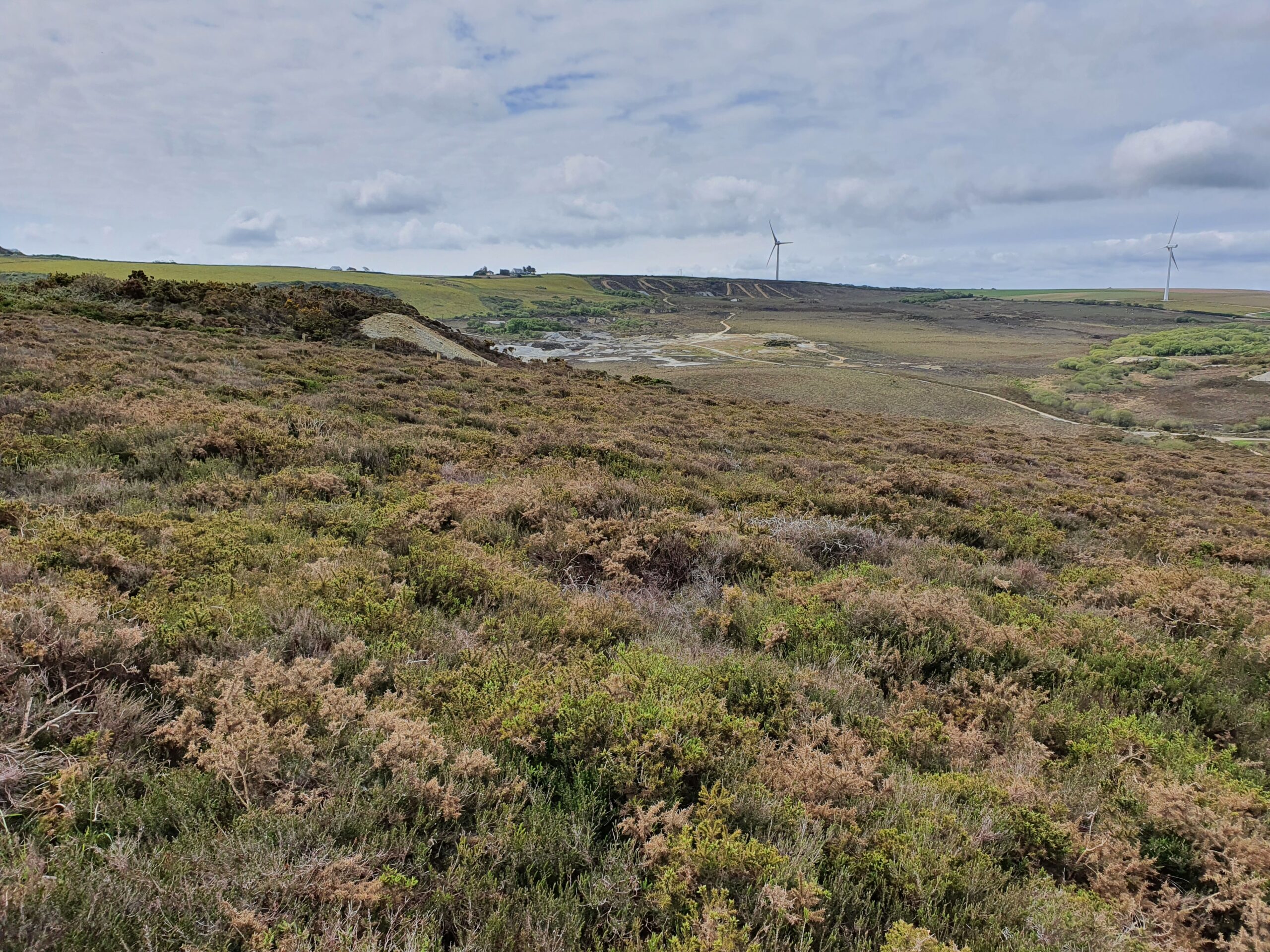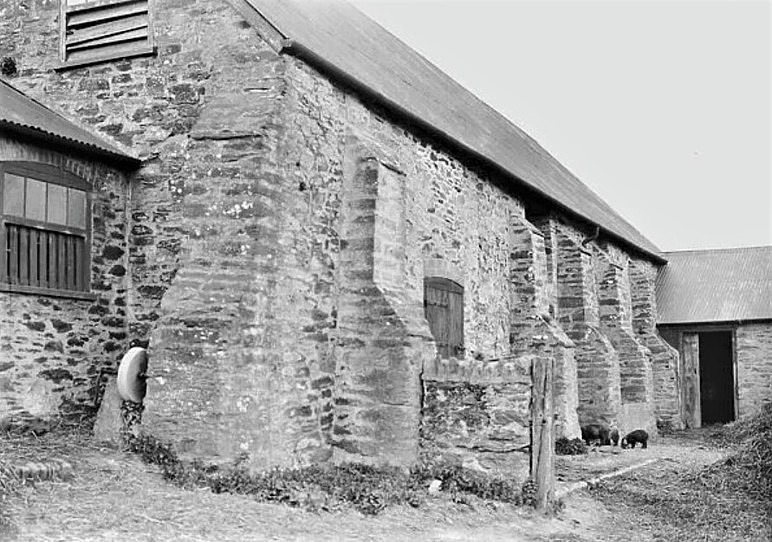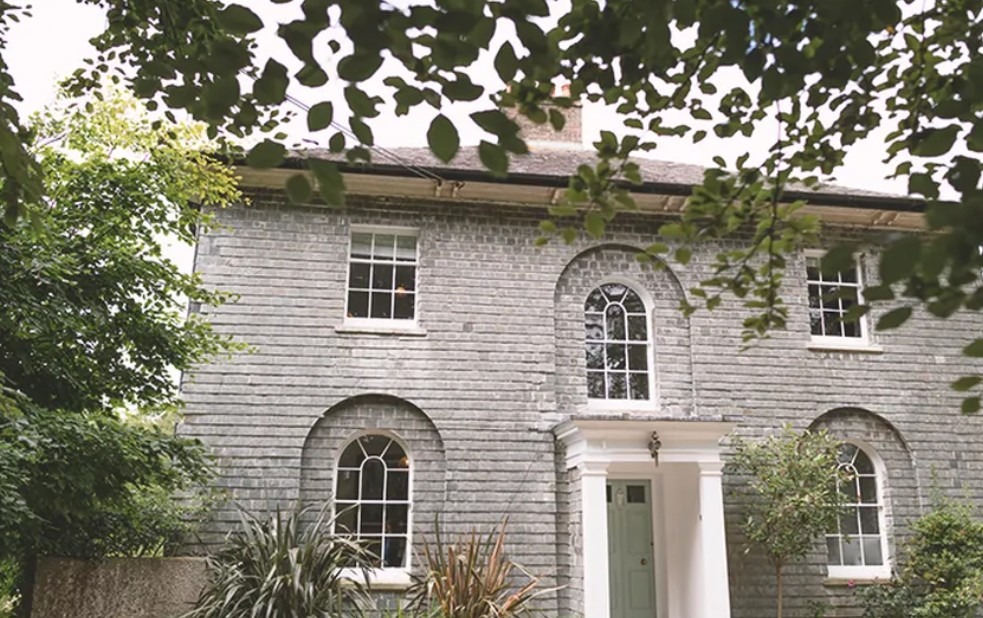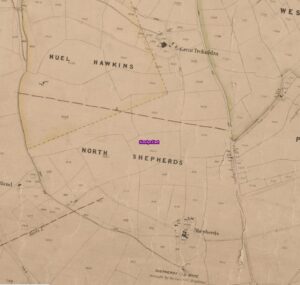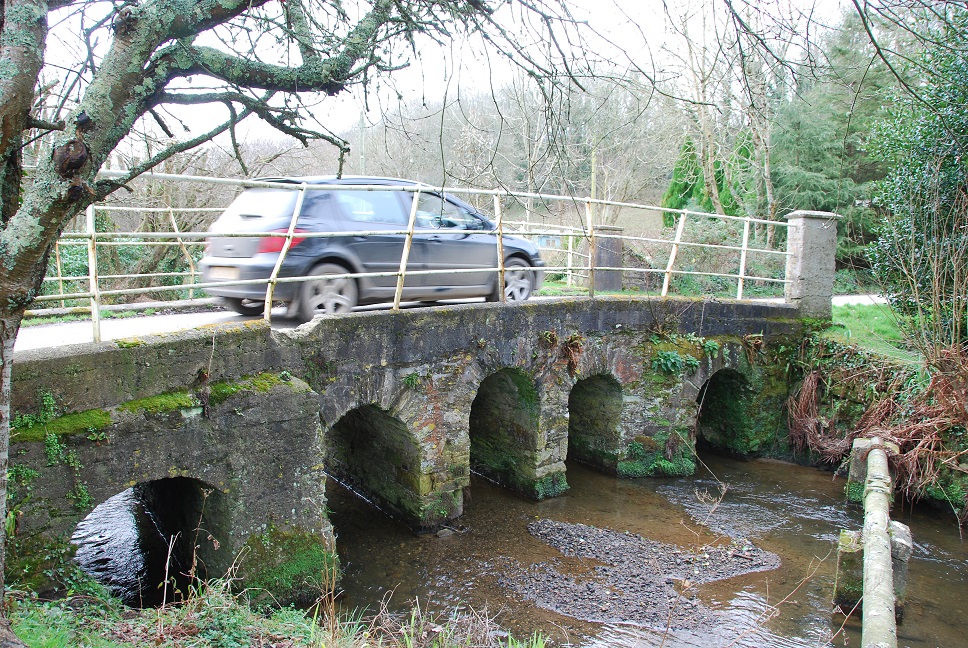Ertach Kernow - Newlyn East historic and interesting parish
Newlyn East civil parish follows almost the exact same area as the ecclesiastical parish although fully including the village of Mitchell, rather than bisecting it. Many sites in the parish have long established histories and include religious locations, mining areas, historic houses and ancient sites.
The parish includes the villages of St. Newlyn East and Mitchell and hamlets at Fiddlers Green, Kestle Mill, Rejerrah and Trevilson. Mitchell’s interesting history has association with several famous historic people. (see Ertach Kernow number 91 - 23rd March 2022). The population of around two thousand people includes good numbers of younger people. There are many council-maintained facilities including a recreation ground with picnic benches, tennis court, football pitch and skatepark. A village hall and their famous pit are operated by management teams.
Lying in the hundred of Rialton The manor of Cargoll was mentioned in Domesday with the name still existing within the parish today. With fifty households it was within the top twenty percent of settlements recorded in Domesday. The overlord at the time of the Norman Conquest were the Canon’s of St Petroc’s Bodmin although by Domesday Robert of Mortain had become the Lord with the canons tenant-in-chief.
An interesting point is that although the name is St Newlyn East, locally it is just known as Newlyn East. The addition of Saint / St seems to have occurred earlier in the 19th century.
Thank you for reading the online version of the Ertach Kernow weekly articles. These take some 12 hours each week to research, write and then upload to the website, and is unpaid. It would be most appreciated if you would take just a couple of minutes to complete the online survey marking five years of writing these weekly articles. Many thanks.
Click the link for survey: Ertach Kernow fifth anniversary survey link
As always click the images for larger view
St Newlina Church is one of the earliest buildings in the parish dated to the 13th century. The early Norman church was rededicated in 1259 but like most churches in Cornwall underwent rebuilding in the 14th and 15th centuries. Further Victorian restoration took place in 1883 although some Norman pillars remain along with the original font. The vestry and space for the organ in the south aisle was originally the Arundell Chapel with a vault beneath it. Some 15th century bench ends which have been incorporated into later pews. One feature of the church is the legend of the fig tree growing out of the church wall, reputed to have grown from a staff carried by St Newlina. There is a curse part of which states ‘Upon it lies a dreadful curse, Who plucks a leaf will need a hearse.’ Beware!
Methodism was strong in Newlyn East the earliest existing chapel built in 1832 stands in the centre of the village on what may have been the site of an earlier chapel. A new Wesleyan chapel was built in 1882 in early gothic style accommodating some 600 people. The earlier building became styled the Wesleyan Hall and converted to a Sunday school. Merging of the various Methodist groups in 1932 saw the later Wesleyan chapel become known as the Newlyn East Methodist Church. The earlier 1832 chapel was renovated in 1980 and two years later the larger 1882 chapel was closed and later sold being converted for residential use. Methodist congregation of St Newlyn East now worship at the earlier 1832 chapel.
St Newlyn East preaching pit is one of Cornwall’s five historic pits. These mustn’t be confused with Cornwall’s plen-an-gwarrys which were medieval amphitheatres. Preaching pits can be found at Indian Queens, Whitemoor, Tregonning Hill and most famously Gwennap Pit at St Day. Dating from the mid-eighteenth century they were popularised through use of them by John Wesley at the formation of Methodism. Newlyn East Pit was formed from an old disused quarry by local preacher John Andrew. Having been in use for some time in 1846 the sides were graded into seven seating tiers, reopening in 1852. This became a memorial for those who died in the East Wheal Rose Mine disaster. Today this pit seats some two thousand people around a circular orchestra its pulpit platform locates from the third tier. It was refurbished in 2003 the lease now held by the local parish council with a management committee overseeing it. Now used for a variety of events including concerts, plays and as in past times wrestling matches together with the nearby ‘Tea Treat Hut’ it’s a Grade II listed site.
Mining was an important part of Newlyn East’s history, the Cargoll Mine being a primary source of lead and zinc ore in Cornwall. The East Wheal Rose mine probably the best known employed about twelve hundred people at its peak production. It opened in 1814 as Wheal Rose after lead and silver galena ore was discovered there. Further works were opened in 1834 at nearby East Wheal Rose. Water discharged from mines in Cornwall had major repercussions on communities reliant on river trade. By 1838 discharged mine water into the River Gannel led it to start silting up. J T Treffry, who had interests in the mine and also the new harbour facilities at Newquay, constructed a mineral tramway between Newquay and East Wheal Rose. This later became part of the Newquay to Chacewater branch line. The mine closed briefly in 1881 reopening between 1882 and 1885. This saw the erection of the East Wheal Rose Mine Engine House to accommodate a 100-inch beam pumping engine one of Cornwall’s largest, the beam alone weighing fifty-five tons. The engine pumped thousands of gallons of water an hour from the mine. Unusually the 120 feet high chimney stack stands apart from the engine house now forming part of the Lappa Valley Railway tourist attraction.
There have been some terrible mining disasters in Cornwall caused by rockfalls, collapsing man-engine transporting machines, and through use of explosives. The 1846 disaster at the East Rose mine saw the death of 39 men and boys through flooding of the mine. This was not through some under sea roof collapse, but a massive storm causing huge quantities of rainfall to flood through the valley into the mine despite heroic attempts to divert the water and block access holes. This included the selfless act of Samuel Bastion who entered the flooding mine to lay himself across a manhole to divert water thereby saving eighteen lives.
Within Newlyn East parish there are over fifty listed sites and scheduled monuments many with interesting histories. The church and preaching pit have already been mentioned but one at Cargoll farm as one of the oldest buildings in the parish should be mentioned. This late 13th to early 14th century barn was once part of the Manor of Cargoll purchased by the Bishop of Exeter Walter Branscombe in 1269 and now a Grade I listed building
A number of larger listed houses can be found in the parish including of course Trerice. This Grade I listed property managed by the National Trust needs no introduction. It has a long history linked to the wealthy Cornish family Arundell from its first construction in the 14th century to the demise of that family in the 18th. Originally the manor was held by the Trerise family, from which they took their name, then passing through the marriage of heiress Jane Trerise to Ralph Arundell by 1377. The earlier building was extended during the 16th century during the reign of Elizabeth I giving that Elizabethan look. Other alterations took place over the following centuries and together with the lovely gardens it is an interesting place to visit.
Tresillian House and estate is where the medieval Tresillian family built a residence during the 14th century. On these foundations the current building was constructed during the late 18th century and later extended in about 1848. Now a Grade II listed property this is used a holiday let business and is very well maintained within a twenty-two-acre estate.
Sir Christopher Hawken a 19th century landowner, member of parliament and infamous boroughmonger owned land and mining interests within Newlyn East. He claimed to be able to ‘ride from one side of Cornwall to the other without setting a hoof on another man’s soil.’ (see Ertach Kernow number 138 - 15 February 2023) His mining interest led Hawkins to build his own smelting house and construction by 1812 of a mine captain’s house for John Giddy, who was also the superintendent of the smelting house. Shepherds House a slate hung Grade II listed building is now used as a wedding venue and in an excellent state of preservation.
Trewerry Mill built in 1690 for the Arundell family of Trerice has some evidence an earlier building which could have stood on the site. Mills were an important part of local farming community life where people would take their grain to be milled. Trewerry was rebuilt in the early 19th century the former thatched roof replaced by Delabole slate and improvements to the waterwheel with blades replacing buckets. This is an overshot sixteen-foot iron wheel built and inscribed by Cornishman Jabez Buckingham of North Hill and fed by a leat from the River Gannel. This was a working mill until 1948 and then converted into a residential dwelling in the 1960’s. Access to the mill is via a Grade II listed bridge first built during medieval times and largely rebuilt during the 19th century with some further 20th century changes. Unfortunately like many of Cornwall’s historic bridges it’s had recent issues through vehicular damage.
Looking back to ancient times two smaller hillfort structures exist dating back to the Iron Age, both of which are scheduled monuments. One a small univallate (one wall and ditch) hillfort has been partially destroyed but the existing earthen internal wall is up to five feet high and ten feet externally where it remains. The other hillfort is of bivallate construction with two lower defensive structures. Given its early recorded history and other hillforts in nearby parishes it’s no wonder that there were at least two within Newlyn East parish.
With so many other buildings of all sizes included in listings Newlyn East Parish is a quiet treasure trove of interesting historic sites. Let’s hope it maintains a quiet rural feel whilst being so close to Newquay.
Heritage Column

